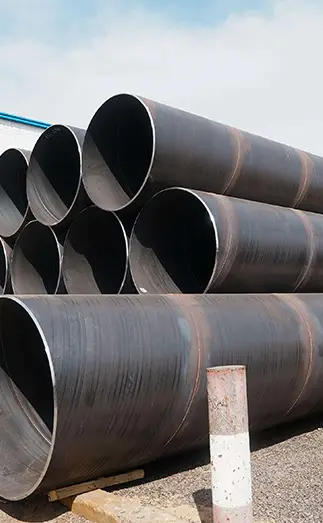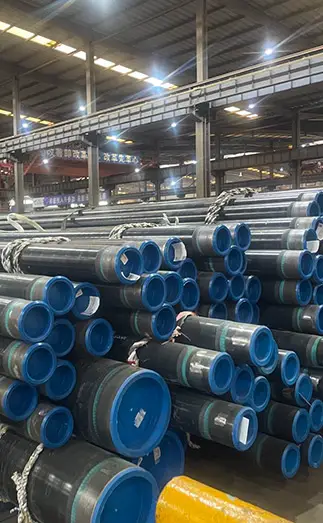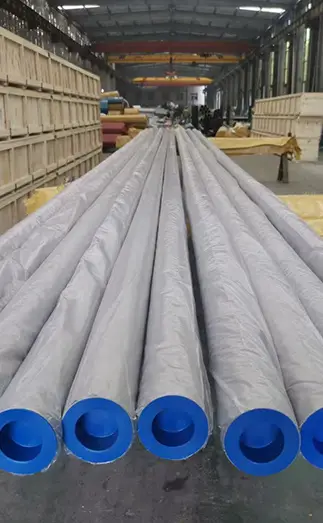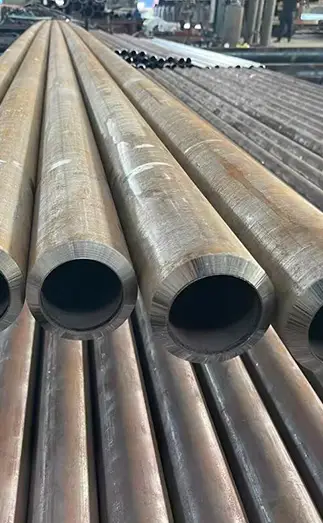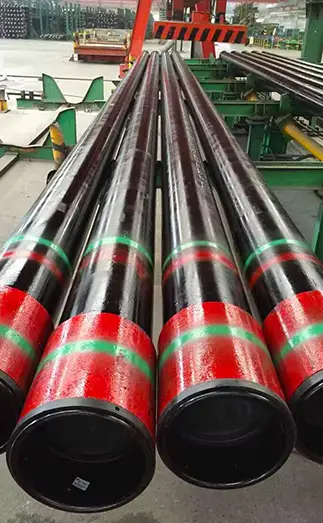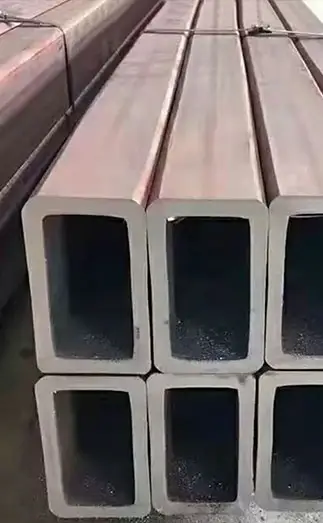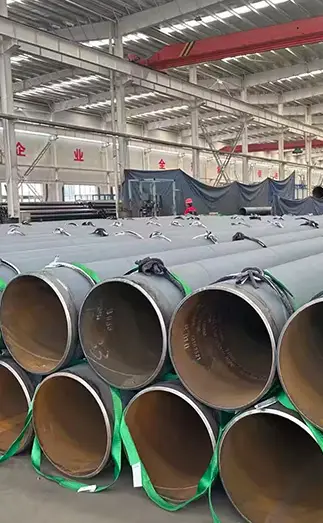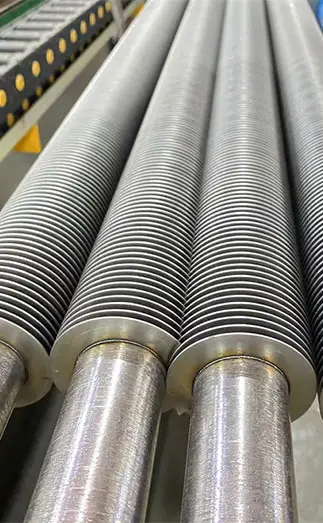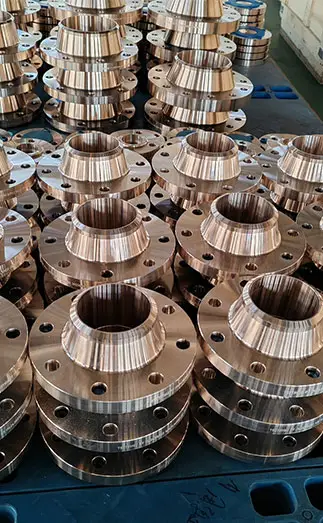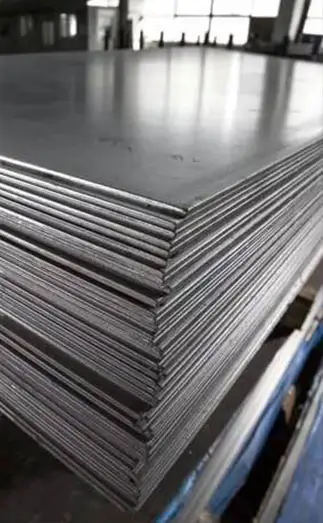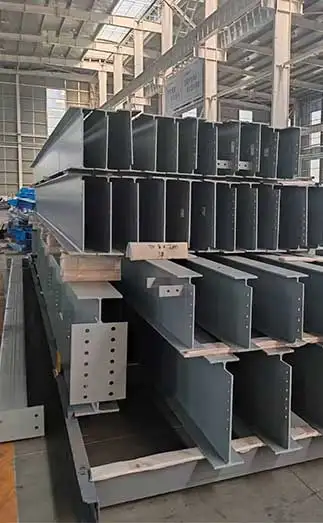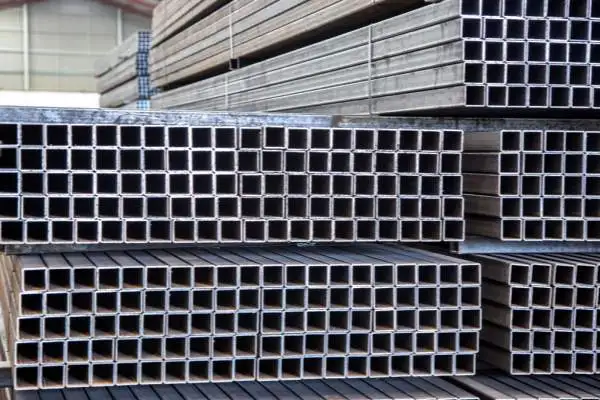In modern structural engineering, H beams play a vital role in ensuring the stability and load-bearing performance of large-scale projects. From skyscrapers and bridges to ships and machinery, H beam welding is a foundational process that determines both the strength and safety of the final structure. Among various connection techniques, the H beam platform welding process stands out for its efficiency, precision, and wide applicability.
This article provides a comprehensive overview of the H beam platform welding process — including its definition, features, workflow, key process points, and common challenges with their corresponding solutions.
1. Introduction to the H Beam Platform Welding Process
(1) Definition
The H beam platform welding process refers to the method of joining H-shaped steel sections (with a cross-section resembling the letter “H”) through advanced welding technology. Depending on the manufacturing technique, H beams are generally categorized into hot-rolled and welded H beams.
(2) Features
H beam welding offers multiple advantages, including:
High structural strength and stability
Strong load-bearing capacity
Excellent construction convenience and efficiency
Because of these benefits, H beam welding is extensively applied in bridges, buildings, shipbuilding, and machinery manufacturing.
(3) Application Fields
① Bridge Construction:
Used in the welding of bridge decks, piers, and other structural components of large bridges.
② Building Structures:
Essential for beams, columns, and other load-bearing parts in high-rise and long-span buildings.
③ Ship Manufacturing:
Ensures sufficient structural strength and stability in hulls, decks, and other ship components that bear heavy loads.
④ Machinery Manufacturing:
Applied to the frames, supports, and load-bearing parts of large-scale mechanical equipment.
(4) Importance of the Welding Process
① Improves Structural Strength and Stability — Integrates multiple H beams into a single, robust structure.
② Ensures Construction Quality — Advanced welding methods and strict quality control directly affect project safety.
③ Reduces Costs — Enables batch and standardized production, improving efficiency.
④ Enhances Safety — Guarantees the structural integrity of welded H beam platforms.
2. H Beam Welding Process Flow
(1) Preparation Before Welding
① Material Preparation:
Ensure that the quality, specifications, and surface conditions of H beams meet project requirements.
② Equipment Inspection:
Check all welding equipment, including machines, wires, and fluxes, for performance and safety.
③ Environmental Requirements:
Maintain a clean, dry, and dust-free workspace to minimize welding defects.
(2) Welding Operation Steps
① Positioning and Fixing:
Accurately position and secure H beams to prevent movement during welding.
② Welding Sequence:
Typically, weld the web plate first, followed by the flange plate, to maintain balance and quality.
③ Welding Parameter Control:
Adjust current, voltage, and speed based on material type and thickness.
④ Weld Quality Inspection:
Conduct real-time and post-weld inspections to identify and correct defects promptly.
(3) Treatment After Welding
① Weld Grinding:
Remove slag and burrs to smooth the surface.
② Weld Inspection:
Use non-destructive testing (NDT) methods to verify weld quality.
③ Anti-Corrosion Treatment:
Apply protective coatings to enhance durability.
④ Quality Acceptance:
Perform final inspection according to standards and specifications to ensure compliance.
3. Key Points of the H Beam Welding Process
(1) Selection of Welding Materials
① Compatibility with Base Metal:
Choose welding materials with mechanical and corrosion properties matching the base metal.
② Strength Requirements:
Select materials capable of meeting design strength specifications.
③ Welding Characteristics:
Consider melting point, thermal conductivity, and process stability.
(2) Determination of Welding Method
① Welding Quality:
Select a method that ensures consistent joint quality.
② Welding Efficiency:
Prioritize methods that shorten production cycles while maintaining quality.
③ Operational Difficulty:
Match the process to the skill level of welders to ensure safe and efficient work.
(3) Control of Welding Quality
① Process Parameters:
Optimize current, voltage, and speed based on the chosen welding method and material.
② Preparation:
Ensure clean surfaces and proper assembly gaps to reduce defect risks.
③ Post-Weld Inspection:
Use visual inspection, NDT, and mechanical testing to verify quality compliance.
4. Problems and Solutions in H Beam Welding
(1) Occurrence and Prevention of Welding Cracks
Problem: Cracks may occur due to thermal stress or poor material compatibility.
Solution: Use suitable welding materials, preheat base metal, and control heat input.
(2) Control of Welding Deformation
Problem: Uneven heating and cooling can cause structural distortion.
Solution: Use a balanced welding sequence, optimize parameters, and apply anti-deformation techniques.
(3) Detection and Repair of Welding Defects
Problem: Pores, slag inclusions, and incomplete fusion may appear.
Detection Methods: X-ray, ultrasonic, and magnetic particle testing.
Repair Measures: Grinding, repair welding, or machining as appropriate.
Conclusion
The H beam platform welding process is fundamental to modern structural fabrication, offering a reliable way to achieve high-strength, high-stability assemblies. Through strict control of materials, process parameters, and quality inspections, engineers can ensure safe, efficient, and cost-effective construction across a variety of demanding applications.



 English
English Español
Español Français
Français بالعربية
بالعربية